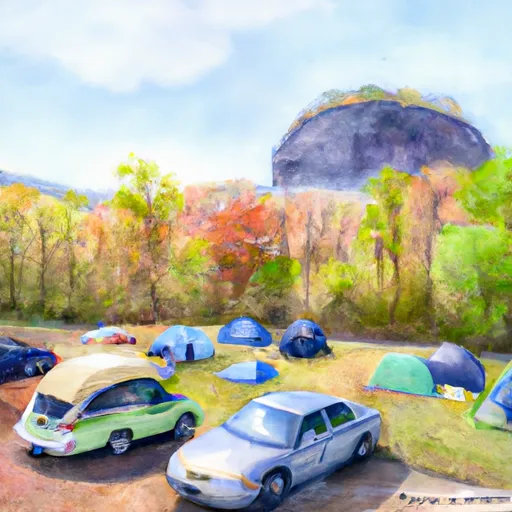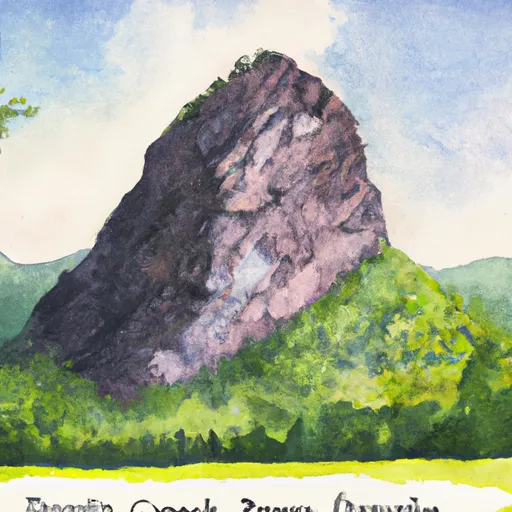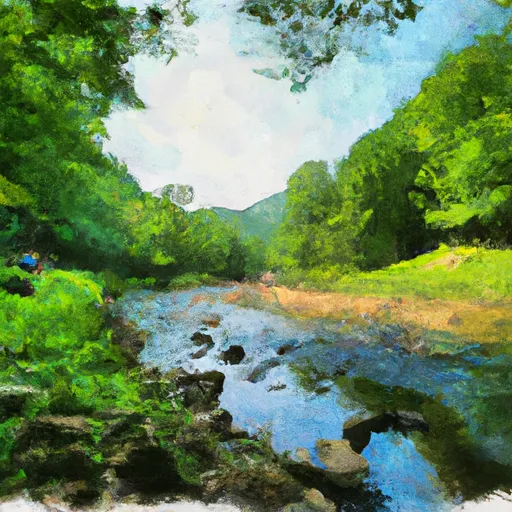Summary
Known for its picturesque landscapes and mild climate, Maryville experiences a humid subtropical climate. Summers are hot and humid, with average temperatures ranging from the mid-80s to low 90s Fahrenheit. Winters are generally mild, with temperatures averaging in the mid-40s to low 50s.
The city is blessed with abundant water resources, with the Little River, Tellico River, and Chilhowee Lake being major hydrological constituents. These water bodies offer excellent opportunities for various water-based activities, such as fishing, boating, and swimming.
Outdoor enthusiasts will find plenty of recreational opportunities in Maryville. The Great Smoky Mountains National Park, located nearby, provides endless trails for hiking, biking, and wildlife spotting. The Maryville-Alcoa Greenway is a popular destination for walking, jogging, and cycling. Additionally, the city is home to several parks, such as Bicentennial Greenbelt Park and Sandy Springs Park, offering picnic areas, playgrounds, and open spaces for outdoor gatherings.
Overall, Maryville offers a pleasant climate, beautiful water resources, and diverse outdoor recreation opportunities, making it an ideal destination for nature lovers and adventure seekers.
Weather Forecast
Maryville receives approximately 1276mm of rain per year, with humidity levels near 84% and air temperatures averaging around 15°C. Maryville has a plant hardyness factor of 7, meaning plants and agriculture in this region tend to thrive during the non-winter months.

 Look Rock Campground
Look Rock Campground
 Look Rock - Great Smoky Mountains National Park
Look Rock - Great Smoky Mountains National Park
 Poland Creek
Poland Creek
 Punkin Center Motorcycle Resort
Punkin Center Motorcycle Resort
 Abrams Creek - Great Smoky Mountains National Park
Abrams Creek - Great Smoky Mountains National Park
 #01 Cooper Road
#01 Cooper Road
 Sandy Springs Park
Sandy Springs Park
 Pole Climbers Park
Pole Climbers Park
 Howe Street Park
Howe Street Park
 Charles M Park
Charles M Park
 Rock Gardens Park
Rock Gardens Park